Ahmad Al-Kabbany
LSTM-Based Proactive Congestion Management for Internet of Vehicle Networks
Oct 12, 2024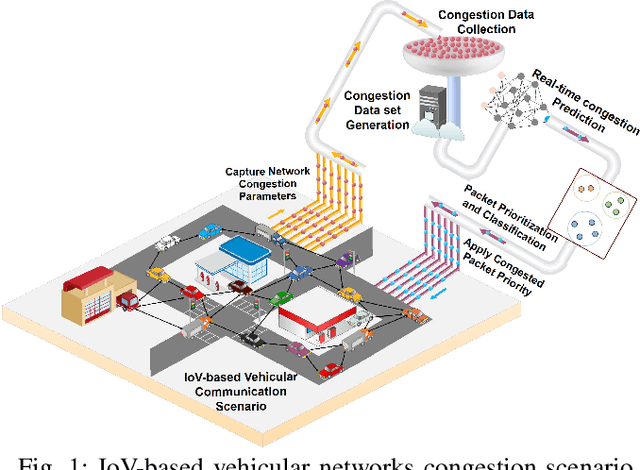
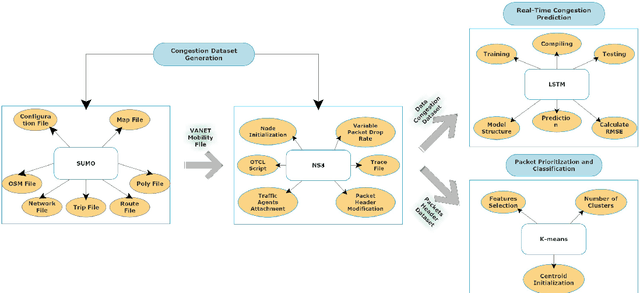
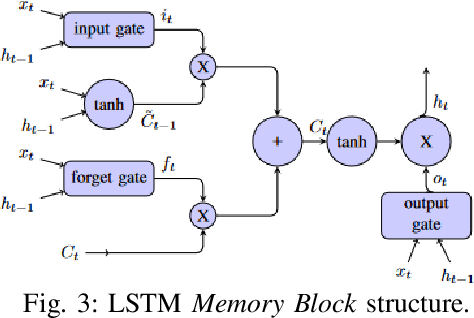
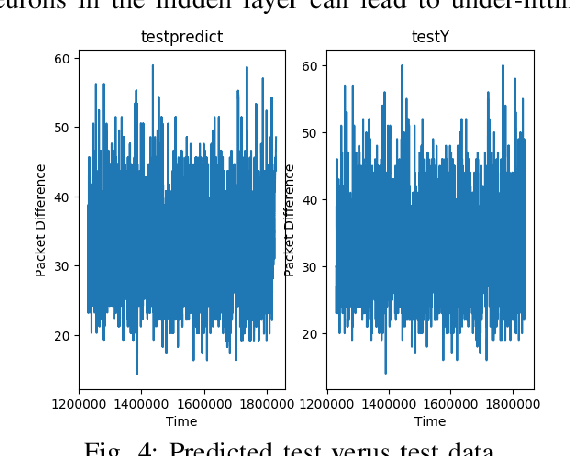
Abstract:Vehicle-to-everything (V2X) networks support a variety of safety, entertainment, and commercial applications. This is realized by applying the principles of the Internet of Vehicles (IoV) to facilitate connectivity among vehicles and between vehicles and roadside units (RSUs). Network congestion management is essential for IoVs and it represents a significant concern due to its impact on improving the efficiency of transportation systems and providing reliable communication among vehicles for the timely delivery of safety-critical packets. This paper introduces a framework for proactive congestion management for IoV networks. We generate congestion scenarios and a data set to predict the congestion using LSTM. We present the framework and the packet congestion dataset. Simulation results using SUMO with NS3 demonstrate the effectiveness of the framework for forecasting IoV network congestion and clustering/prioritizing packets employing recurrent neural networks.
Stress Management Using Virtual Reality-Based Attention Training
Dec 10, 2023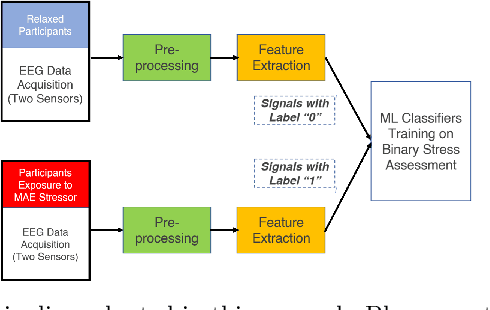



Abstract:In this research, we are concerned with the applicability of virtual reality-based attention training as a tool for stress management. Mental stress is a worldwide challenge that is still far from being fully managed. This has maintained a remarkable research attention on developing and validating tools for detecting and managing stress. Technology-based tools have been at the heart of these endeavors, including virtual reality (VR) technology. Nevertheless, the potential of VR lies, to a large part, in the nature of the content being consumed through such technology. In this study, we investigate the impact of a special type of content, namely, attention training, on the feasibility of using VR for stress management. On a group of fourteen undergraduate engineering students, we conducted a study in which the participants got exposed twice to a stress inducer while their EEG signals were being recorded. The first iteration involved VR-based attention training before starting the stress task while the second time did not. Using multiple features and various machine learning models, we show that VR-based attention training has consistently resulted in reducing the number of recognized stress instances in the recorded EEG signals. This research gives preliminary insights on adopting VR-based attention training for managing stress, and future studies are required to replicate the results in larger samples.
Real-time Action Recognition with Dissimilarity-based Training of Specialized Module Networks
Oct 27, 2018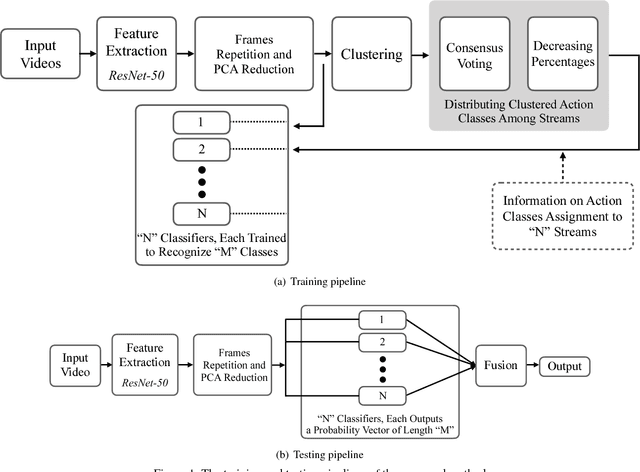
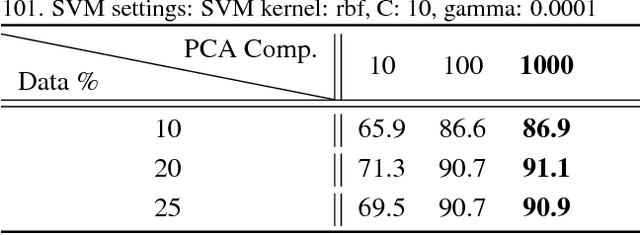

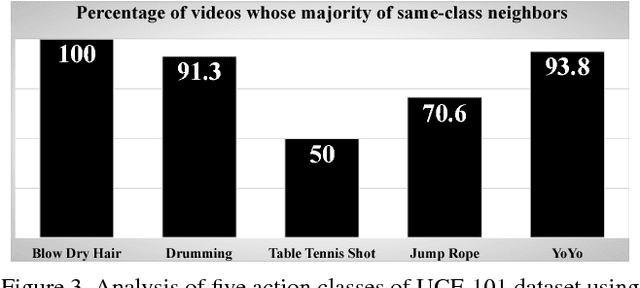
Abstract:This paper addresses the problem of real-time action recognition in trimmed videos, for which deep neural networks have defined the state-of-the-art performance in the recent literature. For attaining higher recognition accuracies with efficient computations, researchers have addressed the various aspects of limitations in the recognition pipeline. This includes network architecture, the number of input streams (where additional streams augment the color information), the cost function to be optimized, in addition to others. The literature has always aimed, though, at assigning the adopted network (or networks, in case of multiple streams) the task of recognizing the whole number of action classes in the dataset at hand. We propose to train multiple specialized module networks instead. Each module is trained to recognize a subset of the action classes. Towards this goal, we present a dissimilarity-based optimized procedure for distributing the action classes over the modules, which can be trained simultaneously offline. On two standard datasets--UCF-101 and HMDB-51--the proposed method demonstrates a comparable performance, that is superior in some aspects, to the state-of-the-art, and that satisfies the real-time constraint. We achieved 72.5\% accuracy on the challenging HMDB-51 dataset. By assigning fewer and unalike classes to each module network, this research paves the way to benefit from light-weight architectures without compromising recognition accuracy.
 Add to Chrome
Add to Chrome Add to Firefox
Add to Firefox Add to Edge
Add to Edge